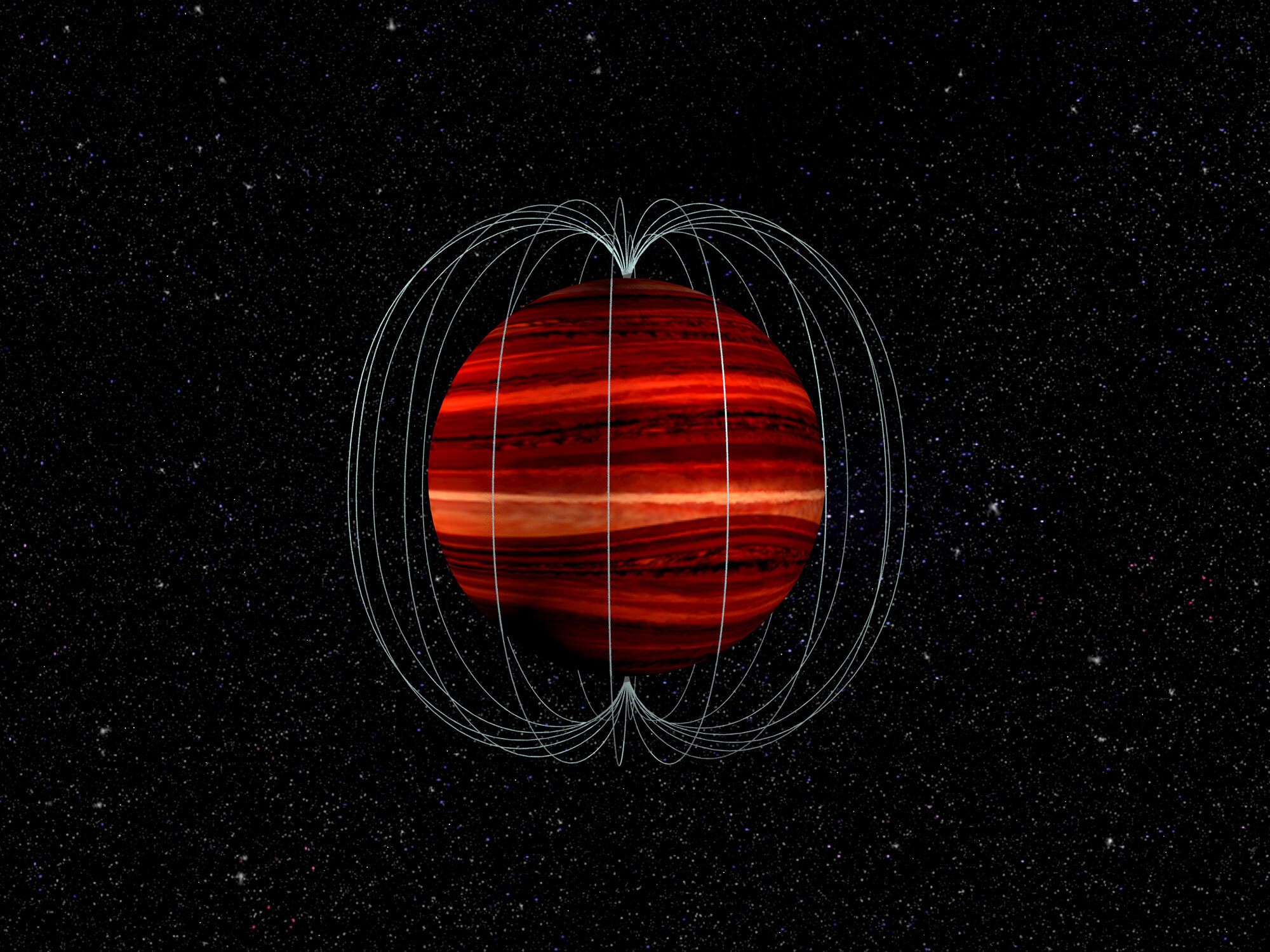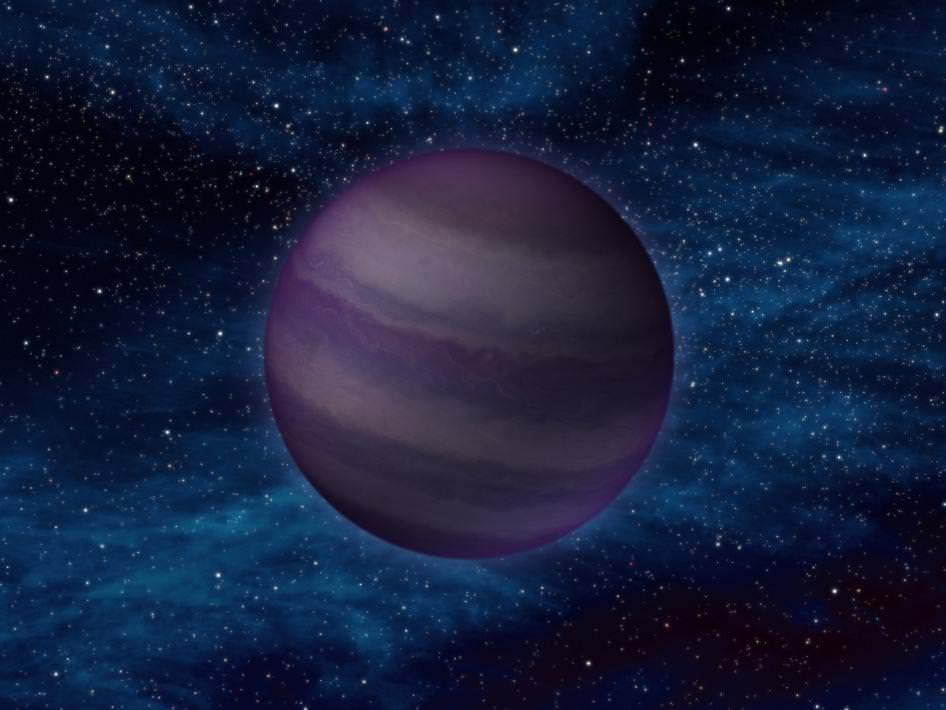
First Measurement of Windspeed on a Brown Dwarf
In a new paper published in Science, my collaborators and I reported the first measurement of the wind speed on a brown dwarf. Inspired by a technique used previously on Jupiter, we combined two different types of observations to measure the wind speed — radio and infrared monitoring. We collected radio data for 2M1047+21 using the Very Large Array telescope network, and infrared data using NASA’s Spitzer Space Telescope. Our observations revealed a strong eastward wind of approximately 650 m/s (or 2,340 km/h)! This new technique can be used to measure winds not only on brown dwarfs, but also on extrasolar planets in the future.

Searching for Clouds on Free-Floating Exoplanet Analogs
Variability monitoring is a powerful probe of giant planet atmospheres since it is sensitive to atmospheric features such as condensate clouds as they rotate in and out of view. I have led the seach for photometric variability in planetary-mass free-floating objects using telescopes in ground and space, revealing that clouds have a dramatic, time-varying effect on our observations of planetary-mass objects (e.g. Vos et al. 2018, 2019, 2020).

Viewing Angles of Brown Dwarfs
By combining measured rotation periods from variability monitoring observations with rotation velocity measurements from high-resolution spectroscopy, it is possible to measure the viewing angle of a brown dwarf. I revealed for the first time whether a sample of brown dwarfs and exoplanets were viewed equator-on or pole-on (Vos et al. 2017, 2020). This experiment unexpectedly revealed a latitudinal dependence of cloud properties, suggesting that clouds are thicker at the equator relative to the poles. Such latitudinal variations in cloud thickness are observed on Jupiter, Saturn, Uranus, and Neptune, with the equator having thicker clouds in all cases. These results provide the first empirical hint of equator-to-pole atmospheric differences in worlds beyond our Solar System.
